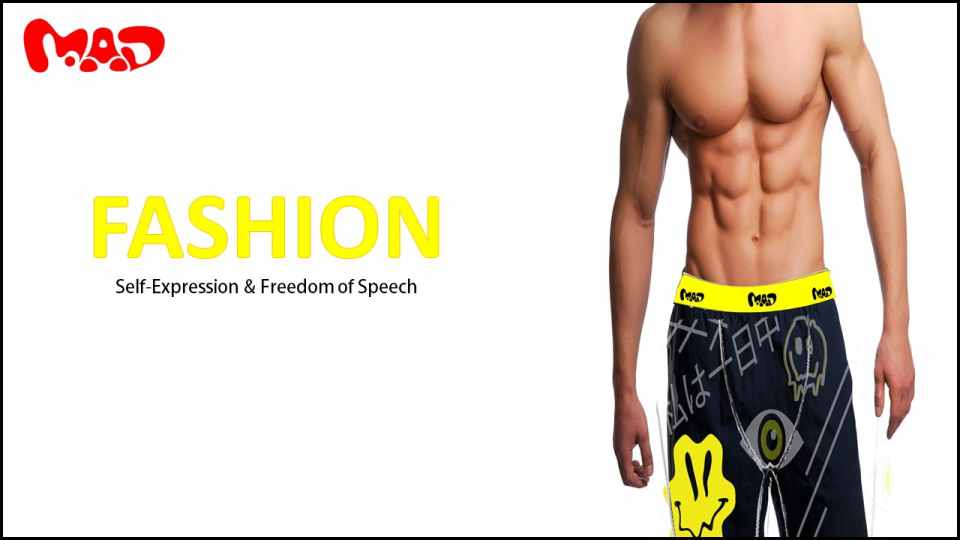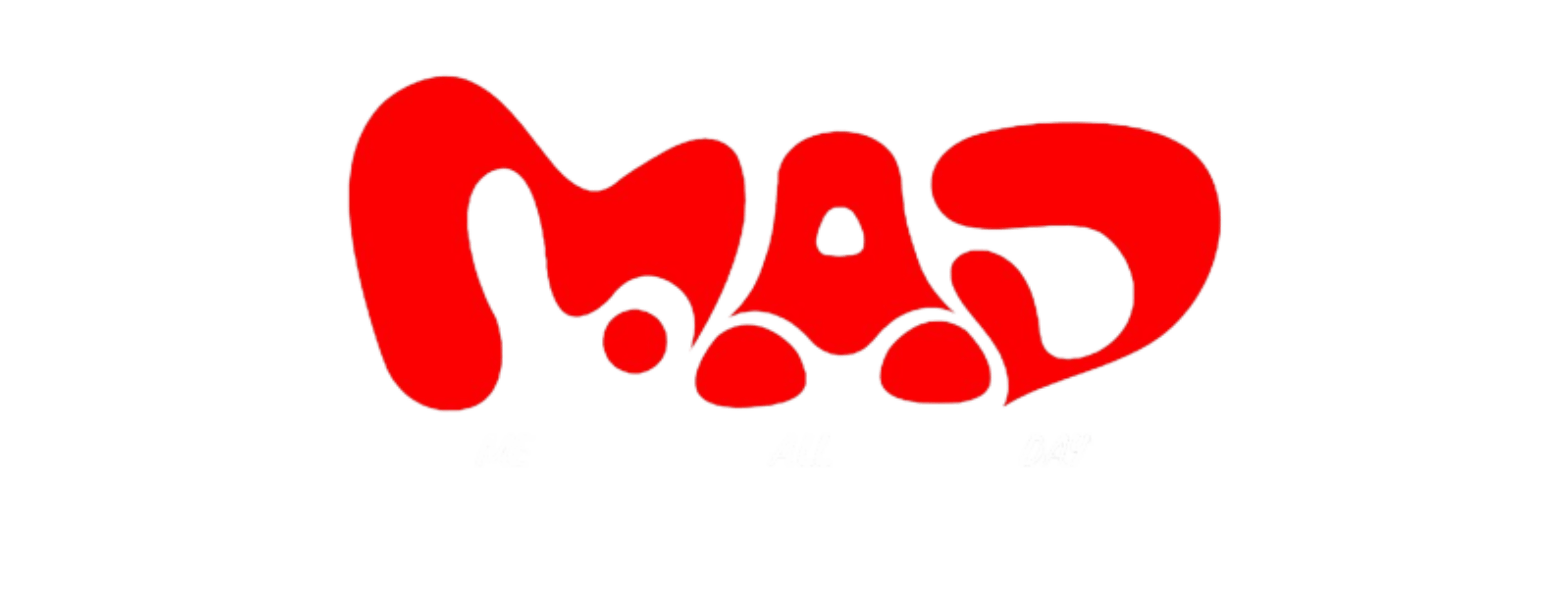Pre-Order 2 items and get 15% Discount as a new customer.
MAD15

Pre-Order 2 items and get %15% Discount as a new customer.
MAD15
Fashion as a Form of Self-Expression and Freedom of Speech

Fashion has long been regarded as a means of self-expression, enabling individuals to convey their identity and beliefs through their attire, hairstyle, and choice of accessories. In essence, fashion can be seen as a form of freedom of speech, allowing people to express themselves in a world that sometimes suppresses marginalized voices.
One of the primary ways in which fashion serves as a medium of expression is by challenging societal norms and expectations. Throughout history, people have employed fashion to rebel against rules and norms they find unjust or disagreeable. For instance, the punk movement of the 1970s rejected mainstream fashion norms, opting for intentionally provocative and controversial styles. This allowed young individuals to voice their discontent with the status quo and assert their independence and individuality.
Likewise, the grunge movement of the 1990s represented a reaction against the polished, preppy aesthetic that prevailed at the time. By adopting a more relaxed and casual dress code, individuals conveyed their values and rejection of the superficiality and materialism of mainstream culture.
Beyond Defying Societal Norms
Fashion can also serve as a platform for people to express support for a specific cause or movement. Wearing a pink ribbon, for instance, symbolizes support for breast cancer awareness, while donning a t-shirt with a political slogan signifies solidarity with a particular cause or candidate. In this manner, fashion can be a tool for raising awareness about critical issues and signaling one’s affiliation with a particular group or community.

Of course, freedom of speech in fashion has its limits. It is generally considered unacceptable to wear clothing that promotes racism, sexism, or hate. However, within these boundaries, fashion remains a potent vehicle for self-expression, enabling individuals to have their voices heard in a world that often marginalizes certain groups.
Fashion and Peoples
Fashion has always been a means for people to assert their identity and stand out from the crowd. Whether through the adoption of a distinct style or the display of specific symbols and slogans, fashion empowers individuals to communicate their values and beliefs to the world. In this context, fashion can indeed be regarded as a form of freedom of speech, enabling people to express themselves and influence societal attitudes and norms.
Yet, fashion extends beyond personal expression; it possesses the power to shape societal perceptions and standards. For example, the fashion industry has played a pivotal role in promoting body positivity and inclusivity in recent years. By featuring a diverse range of models and embracing more realistic body types in advertising campaigns, fashion brands have contributed to challenging traditional beauty standards and fostering a more inclusive and accepting society.
Conclusion
Fashion transcends its role as mere clothing and protection for the body. It represents a mode of self-expression, allowing individuals to convey their values, beliefs, and support for causes and movements. As such, fashion can be perceived as a form of freedom of speech—a means for people to voice their opinions and influence societal attitudes and norms. Whether through adopting a distinctive style or displaying specific symbols and slogans, fashion grants individuals the ability to express themselves and assert their presence in a world that occasionally seeks to stifle marginalized voices.
Also visit our previous blog: The Weirdo
Related Posts
- Login
- Sign Up




